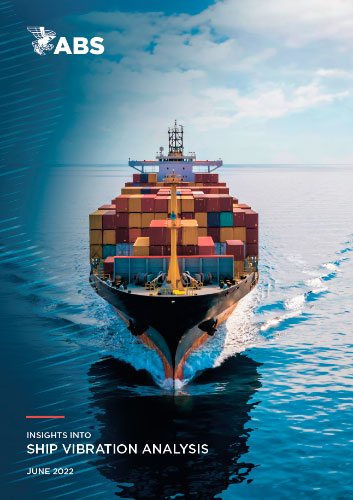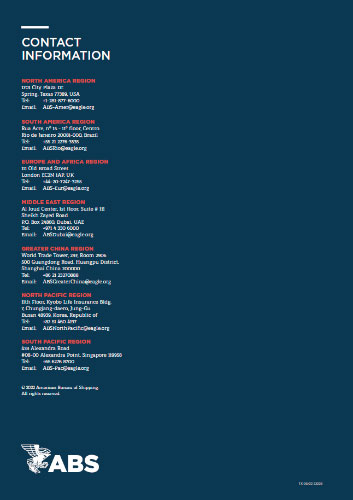Сб с 10 до 16
Insights into Ship Vibration Analysis/Измерение и оценка вибрации на судах
Книга на английском языке.
As the size, power and speed of marine structures increase and their structures are becoming more optimized, vibration related problems are becoming more frequent. Recent design trends of locating machinery and accommodation spaces further aft and the predominant use of low-speed direct drive main diesel engines contribute to the increase of vibration related issues. At the same time, habitability related criteria for crew members and passengers are becoming more stringent.
Different design stages of the vessel may call for the application of different vibration analysis methods. At the early design stages, the details of the hull structure and machinery are usually not known. Therefore, it is appropriate to use robust analytical, semi-analytical, or empirical methods. The designer’s experience will also have a significant effect on the outcome of the analysis. As the design matures and more details become available, more advanced methods based on numerical simulations may be used.
The objective of this paper is to highlight critical vibration issues on modern marine structures, to discuss possible mitigation measures and to inform the industry.
This paper presents the latest developments in vibration analysis, vibration criteria and mitigation measures. It also presents four different real-world cases where vibration issues were identified, analyzed and mitigated.
This paper focuses on the structural vibration issues of ship-shaped structures.
Contents
1. Introduction
2 Ship Vibration Analysis
3 Excitation Forces
3.1 Low-Speed Main Diesel Excitations
3.1.1 External Moments and Forces
3.1.2 Guide Force Moments
3.2 Propeller Excitations
3.2.1 Propeller Surface Forces
3.2.2 Propeller Bearing Forces
3.3 Wave Excitations
4 Acceptance Criteria
4.1 Narrowband MRA
4.2 Broadband MRA
4.3 Broadband RMS
4.4 Frequency Weighted Broadband RMS
5 Mitigation Measures
5.1 Mitigating Excitations
5.1.1 Mitigating Main Engine Excitations
5.1.2 Mitigating Propeller Excitations
5.2 Adjusting Stiffness and Mass
5.3 Adjusting Frequency Ratio
5.3.1 Hull Girder Frequency Ratio
5.3.2 Superstructure Frequency Ratio
5.3.3 Frequency Ratio of Major Substructures
5.3.4 Frequency Ratio of Local Structures
5.4 Damping
6 Case Studies
6.1 Flare Tower Resonance
6.2 Rudder Resonance
6.3 Panamax Containership Structural Vibration Issues
6.4 Container Stack Resonance
7 Abs Support
8 References
9 List Of Acronyms and Abbreviations




